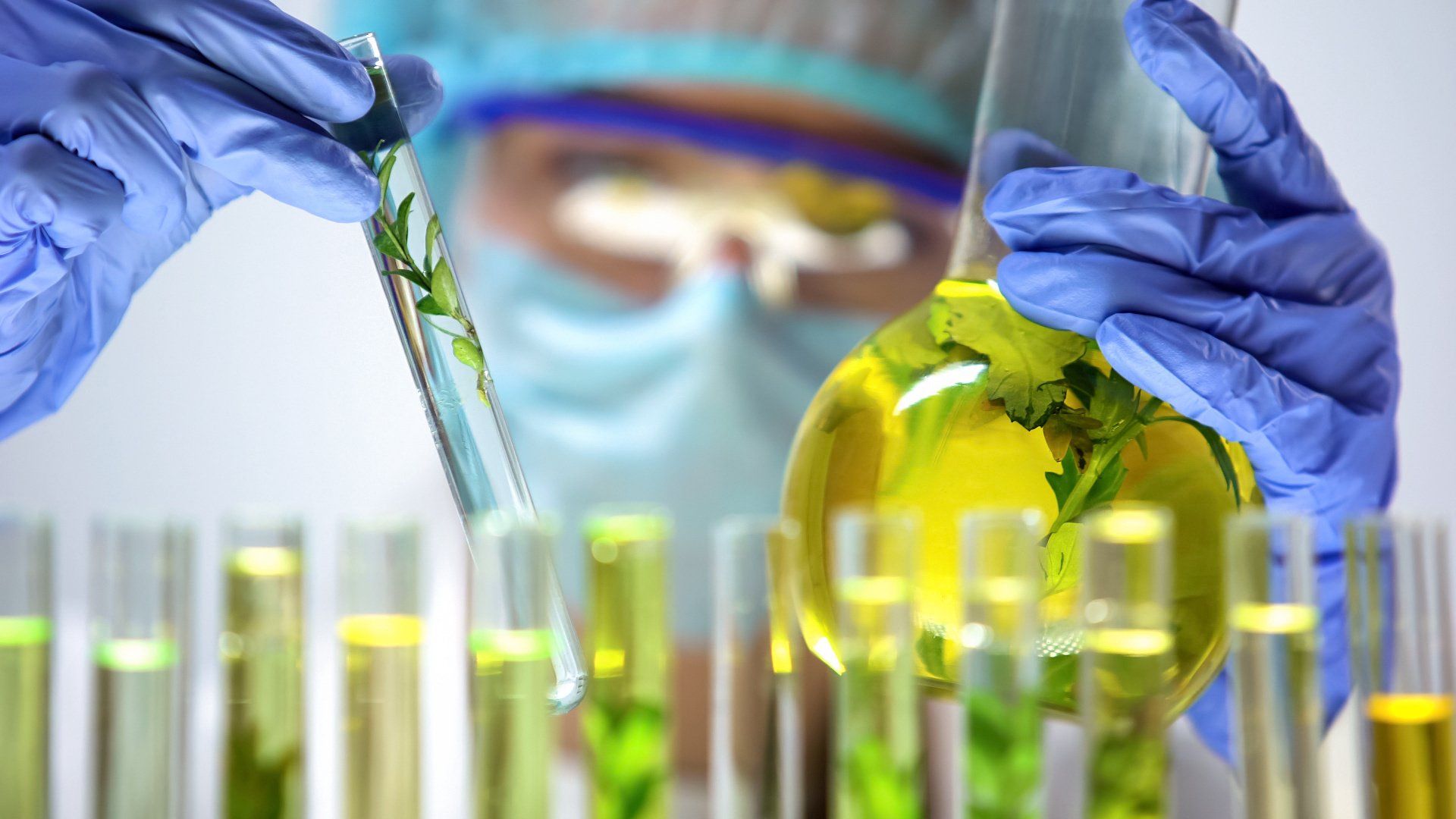Bill Fuller BAgrSc, GDipBus, MBA, MAICD is currently the part time CEO of the Australian Seeds Authority and is highly respected in the seed industry having been the CEO of the Australian Seed Federation and Executive Officer for the Pasture trials network.
Seed Certification Key to Australia’s Agricultural Future
Plant breeding is the essential platform for sustainable agriculture. Seed certification ensures the identity and integrity of certified plant varieties. Certification is a high value risk mitigating proposition for farmers to get plants established from that seeds which are as close as possible to the genetic makeup of the variety as selected by the breeder.

The planet is changing and plants have to adapt too if we are to provide enough food to feed future generations. Plant breeding and innovation are an essential platform for sustainable agriculture and food security. Seed certification ensures the identity and integrity of existing and new certified plant varieties.
Each time the seed is multiplied, that is, seed is sown and then seed is harvested from the plants established, there is a risk that the special genetic characteristics which made that new variety valuable, can be lost. This can be through physical contamination with inferior plants or seed, cross pollination, and natural selection. Certification of seed is designed to minimise these opportunities to lose or diminish the genetic characteristics which make the variety valuable.
What does seed certification really mean?
Plant breeders in Australia and overseas work very hard to produce “better” varieties of crop and pasture plants. Just what is “better” varies greatly and depends on the species and the environment in which it is to be grown. Usually, it means characteristics such as:
- Higher yield in a crop plant;
- More leaf for a pasture;
- Enhanced resistance or tolerance to a pest or disease;
- Better processing quality for a crop plant;
- Better adaptation to a particular environment, like very acid soil, or resistance to frost, or to heat, or to drought; and
- There is an almost endless list of characteristics which might make a new variety better than an older variety it is intended to replace.
Plant breeding is a long and painstaking process. New varieties of almost any species can take 8 to 12 years to produce. When the breeder is satisfied, they have a small amount of seed from the plants they have finally selected. This seed has to be multiplied up to hundreds or thousands or tens of thousands of tonnes for it be useful to farmers over the possible 5 to 15 years commercial life of the variety.
Each time the seed is multiplied i.e., seed is sown and then seed is harvested from the plants established, there is a risk that the special genetic characteristics which made that new variety valuable, can be lost. This can be through:
- Physical contamination with inferior plants or seed caused;
- by planting the new variety in a paddock where other varieties of that same species have grown recently;
- at harvest where seed of the new variety is mixed with inferior seed in the header, or in trucks, or in silos;
- by the physical contamination could happen at the seed cleaning plant;
- Cross Pollination. In this case, pollen from inferior varieties pollinates the flower of the new variety, and so the resulting harvested seed is a mixture of the new variety and the inferior variety; and
- Natural selection. In this case, individual plants are selectively killed, or selectively favoured by the environment of the paddock into which the crop has been sown. For example, after a series of very wet or very dry seasons, the plants surviving could represent only a proportion of the genetic potential of the new variety. This natural selection occurs over time and over generations.
Certification of seed is designed to minimise these opportunities to lose or diminish the genetic characteristics which make the variety valuable. The objective of certification is to ensure that the buyer of certified seed will get plants established from that seed which are as close as possible to the genetic makeup of the variety as selected by the breeder.
There are certification rules for every species, which must be followed by the seed grower to have his seed certified. These rules include requirements such as:
- The correct generation of seed must be sown. For first generation certified seed, this means the grower must obtain basic seed of that variety;
- The paddock must not have grown plants of that particular species for a certain time – usually two to five years;
- The seed crop must be inspected after seedling establishment to see what plants are growing between the rows which must have germinated from seed set by plants grown in the paddock in previous years;
- There are a limited number of generations which can be used to produce certified seed. The seed which was produced by the breeder is called “breeder’s seed”. It must be sown to produce “pre-basic seed”. It in turn must be sown to produce “basic seed”, and basic seed must be sown to produce certified seed;
- In perennial species, there is a limit to the number of harvests which can be taken from the seed crop. Usually this is six harvests, but it can be fewer for pre-basic seed;
- In perennial species, there is a limit on the establishment of seedlings within the crop. These seedlings represent the next generation, and so they cannot be allowed to represent more than a small proportion of the total plant population of the seed crop;
- Paddocks with seed crops in them must have what is called an “isolation distance” from plants of the same species which could flower at the same time. This is to prevent, or at least severely limit, cross pollination. For some species, for early generation seed crops like pre-basic or basic seed, these can be as far as 5000 metres. Headers and seed transporting and handling equipment must be cleaned out before being used on certified seed. This includes silos in which the seed might be stored, and the machines used to clean or process the seed; or
- Very good records must be kept of the harvested seed, both on the farm and in the processing plant, to provide assurance to the certification agency that the seed is not mixed with other varieties of that species.
If all the rules are followed, there is a high level of certainty that the plants which a buyer establishes with certified seed, will have all the characteristics which the breeder selected, and hence the grower will obtain the benefits which that variety offers.
The fact that uncertified seed has a variety name on it, provides no assurance to the seed buyer that it is in fact that variety. It may be, it may not be. It may only be a small proportion of the variety the buyer wants. However, if you buy certified seed, you have the assurance that an independent authority has enforced the rules which are designed to give the buyer seed as close as possible genetically to that selected by the breeder of that variety.
Certification really means varietal identity and genetic integrity of seed i.e., you are sure of getting the variety you want, and that it will have a genetic composition as close as possible to that selected by the breeder. However, the Australian seed industry requested some physical standards i.e., for germination and physical purity of the seed, before it can be finally certified to ensure that certified seed should not be sold with very low levels of germinability, or excessive weed seed levels

















